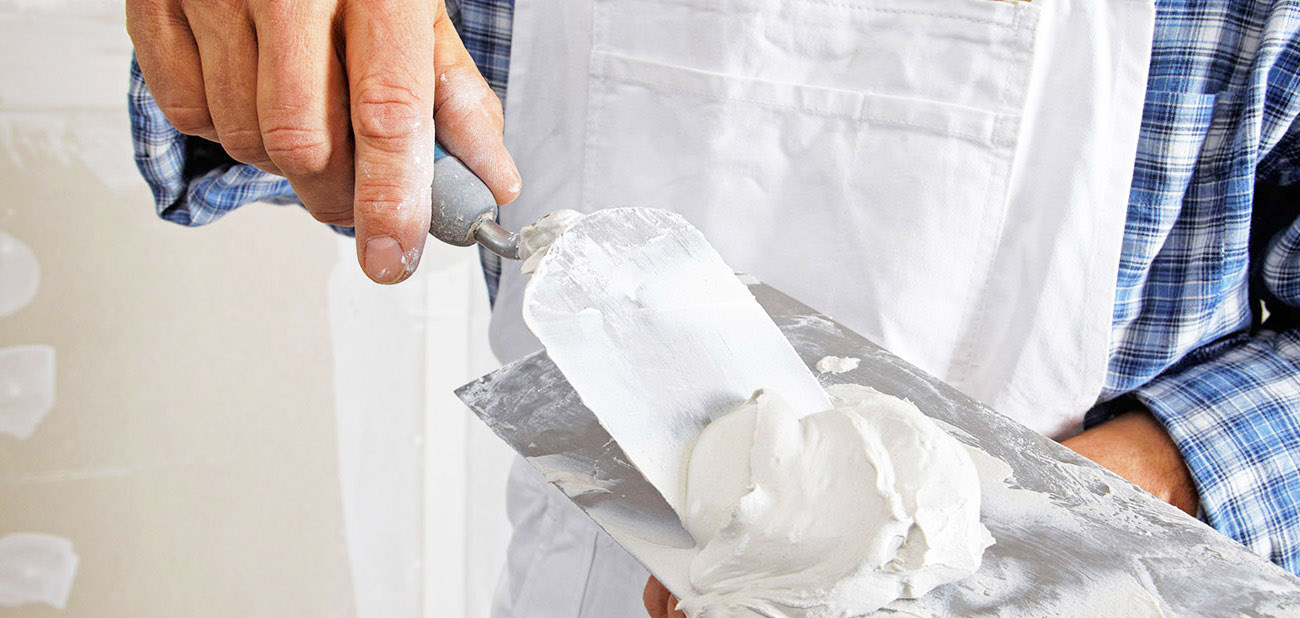
Things to Consider While Plastering
There are important issues to be considered in the construction of plasters containing inorganic or organic binders. If we need to examine these issues in detail;
-Plasters to be applied on the walls should be started after the walling process is completed and the mortar is allowed to set. Again, interior plaster should be applied first on the walls and then exterior plaster.
–Newly plastered surfaces must be protected against effects such as excessive sun, frost, wind and rain. Below +5°C or +35°C Plaster should not be applied at temperatures above the temperature or special precautions should be taken in this regard.
-In plaster applications containing more than one layer, care should be taken to ensure that the first applied plaster is at a higher dosage and after application, at least 24 hours must pass for the next layer.
–External plaster application should be applied as completely and unpatched as possible in order to be resistant to external effects, so the scaffold should not have any relation with the application surfaces.
-The surfaces to be plastered should be cleaned of residues, unstable parts and excess mortar.
-If there are deteriorations in the production due to frost or other effects during the wall production, plastering should be started after the necessary modifications are made.
-Additives produced for this purpose and in accordance with the technical specifications can be used on floors where there is difficulty in holding the plaster.
-The surfaces whose application is completed and ready for the next layer should be sprayed with water to the plaster on the surface to be coated so that the plaster in the next layer does not absorb the water of the plaster and cause this layer to crumble.
– Before starting the Plaster application, it should be ensured that all the installation works are completed and that the installations are not damaged during the plastering process.
-Mixing ratios in plasters manufactured at the construction site should be determined by volume, and the dimensions should not be proportioned with the shovel calculation. Mixing ratios of plaster mortar materials should comply with the standards and specifications of the materials used.
–Plaster work must be qualified to provide aesthetics and protection suitable for the entire structure or to prepare the ground for a finishing material suitable for these purposes.
-The plastering process should be done from top to bottom since it is not desired to repair the exterior plasters. Otherwise, the plastered surfaces will deteriorate during the application process above.
–External plasters are in contact with the natural environment and are exposed to effects such as sun or wind, so special attention should be paid to watering them after application.
-If there are surfaces such as metal or wood on the surfaces to be plastered, these surfaces should be covered with materials such as plaster wire, glass mesh or metal depluvayye, and then plastering should be done.
-Wall plasters are generally applied in two layers as coarse and fine. After the first coat of rough plaster is applied, the rough plaster surface should be scratched or roughened with a trowel or similar tools to allow the fine plaster to adhere.
-The mortar mixture, as much as possible, should be prepared as a blend at once.
-Plaster should not be applied during precipitation such as rain, snow or when precipitation is likely.
–One point to be considered while Plastering is the application of intermediate leveling strips (anodes) at a distance shorter than the length of the vehicle to which the gauge is drawn, so that the plaster faces can be applied horizontally and vertically and on the gauge.
-Cement-reinforced lime plasters can be applied as interior and exterior plasters on all kinds of low or high strength wall and ceiling surfaces with sufficient strength, sufficient abrasion resistance and appropriate flexibility. As interior and exterior plaster, it can easily meet all mechanical and physical stresses that the building can meet. In this respect, it is the plaster type with the widest application area as exterior plaster. It can be used as a wall and ceiling plaster in spaces where indoor humidity is constantly high. Cement-reinforced lime plasters should not be used as exterior plaster of basement exterior walls below ground and ground level.
-The point to be considered in plasters prepared with inorganic-based binders such as lime, gypsum, cement-reinforced lime and cement is that they have a high filling ratio and a mixing ratio that complies with the standard.
–Lime plasters are low strength and Since it has a flexible structure, it is one of the interior and exterior plaster types suitable for all kinds of surfaces. It should be especially preferred on low-strength lightweight wall material and in parts of the structure where movement is expected. Due to its low abrasion resistance, buildings open to public use (residences
except) run the stairs It should not be used in sections such as ceilings and corridors, as well as on the basement exterior wall and normal exterior plasters below the ground and ground level of the buildings.
–Lime plasters should be used as an exterior plaster in heavy rainy areas, with the addition of an additive that prevents water absorption, or with a surface coating, since they are prone to absorb and release water.
–When a high moisture barrier or retention is expected from cement-reinforced lime plasters used as exterior plasters, special additives that prevent capillary absorption should be added to the plaster mortar instead of increasing the amount of cement, or an additional coating should be applied to the surface.
–Cement Plasters have a structure with high strength and no flexibility. It cannot adapt to the movements of the structure due to heat and mechanical effects and can easily crack. Therefore, it should not be used as interior and exterior plaster on low-strength lightweight wall material (the unit volume weight of the wall material is less than 1000 kg/m3) and in parts of the building where movement is expected or in movable building systems. Due to these features, cement plasters have a limited application area in the building and should preferably be used as the exterior plaster of the basement exterior walls below the ground and ground level, and as the ceiling plaster of the reinforced concrete floors exposed to external conditions. It is used in sections of buildings where indoor humidity is constantly high, by plastering or in sections of public buildings such as staircases, corridors, where high abrasion resistance is required. It can also be used as a reinforced concrete ceiling plaster.
–When the gypsum plaster surface is expected to be bright, polishing should be done with a galvanized trowel or a felt coated trowel should be used.
-Gypsum plasters that have a corrosive effect on metal parts should not be applied on the plaster layer that will contact the plaster wire. Gypsum plasters can be used in coarse and fine plaster.



